Research on the Problems and Countermeasures of Forestry Carbon Sink Development in Northwest China: A Case Study of Gansu Province
DOI: 10.23977/envcp.2025.040108 | Downloads: 6 | Views: 179
Author(s)
Fuwei Qiao 1, Guanwen Ouyang 1, Lulu Zhao 1
Affiliation(s)
1 School of Economics, Northwest Normal University, Lanzhou, China
Corresponding Author
Guanwen OuyangABSTRACT
Forestry carbon sinks are a critical lever for China to achieve its "dual-carbon" goals and advance ecological civilization. Situated in an arid, desertification-prone region, Gansu Province serves as a vital ecological barrier in western China; its forestry carbon sinks could transform ecological assets into green growth, yet progress remains slow. Through policy analysis and field research, this study identifies four key bottlenecks: scarce forest resources dominated by young stands; weak measurement, reporting, and verification systems; severe regional imbalances; and a critical shortage of interdisciplinary professionals. Accordingly, we propose four countermeasures: precision silviculture to improve stand quality; construction of a unified, high-resolution provincial monitoring network; establishment of regional synergy mechanisms between pioneer areas and resource-rich but lagging regions; and creation of a localized talent pipeline integrating university-industry partnerships, targeted training, and incentive policies. The paper offers a replicable model for carbon-sink development in ecologically fragile and economically disadvantaged regions.
KEYWORDS
Forestry, Carbon Sink, Gansu Province, Policy RecommendationCITE THIS PAPER
Fuwei Qiao, Guanwen Ouyang, Lulu Zhao, Research on the Problems and Countermeasures of Forestry Carbon Sink Development in Northwest China: A Case Study of Gansu Province. Environment and Climate Protection (2025) Vol. 4: 47-52. DOI: http://dx.doi.org/10.23977/envcp.2025.040108.
REFERENCES
[1] Hou L, Hu H, Liu T, et al. Ecological Security Pattern Construction for Carbon Sink Capacity Enhancement: The Case of Chengdu Metropolitan Area[J]. Sustainability, 2025, 17(10): 4483.
[2] Guan J H, Du S, Cheng J M, et al. Current stocks and rate of sequestration of forest carbon in Gansu Province, China[J]. Chinese Journal of Plant Ecology, 2016, 40(4): 304-317.
[3] Miao G, West R A. Chinese collective forestlands: contributions and constraints[J]. International Forestry Review, 2004, 6(3-4): 282-296.
[4] Wei Q, Zhou C, Liu Q, et al. A barrier evaluation framework for forest carbon sink project implementation in China using an integrated BWM-IT2F-PROMETHEE II method[J]. Expert systems with applications, 2023, 230: 120612.
[5] Li S, Li S, Li J, et al. Bridging the Gap: Forecasting China's Dual-Carbon Talent Crisis and Strategic Pathways for Higher Education[J]. Sustainability, 2025, 17(16): 7190.
| Downloads: | 666 |
|---|---|
| Visits: | 39113 |
Sponsors, Associates, and Links
-
International Journal of Geological Resources and Geological Engineering
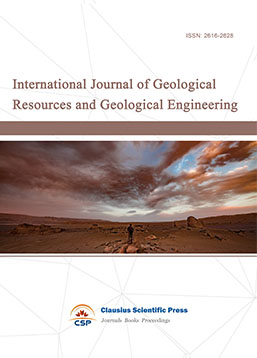
-
Big Geospatial Data and Data Science
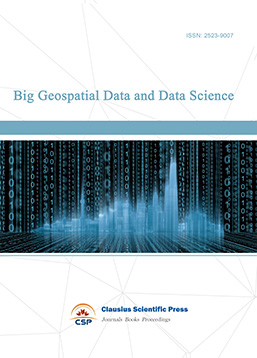
-
Solid Earth and Space Physics

-
Journal of Cartography and Geographic Information Systems
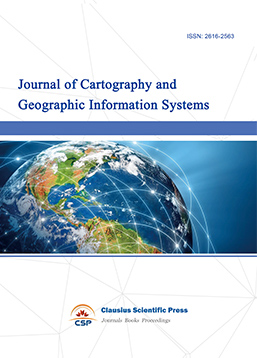
-
Environment, Resource and Ecology Journal
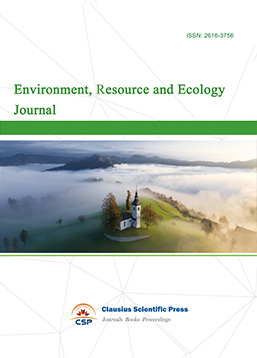
-
Offshore and Polar Engineering
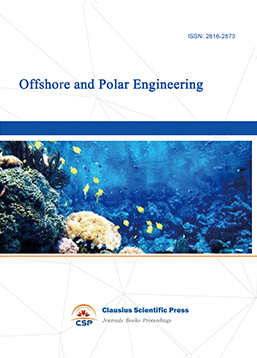
-
Physical and Human Geography
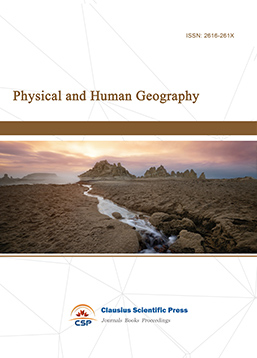
-
Journal of Atmospheric Physics and Atmospheric Environment

-
Trends in Meteorology
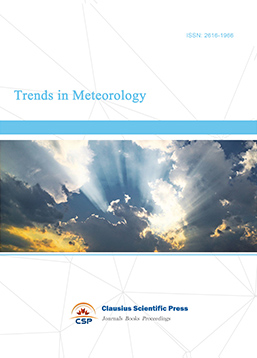
-
Journal of Coastal Engineering Research
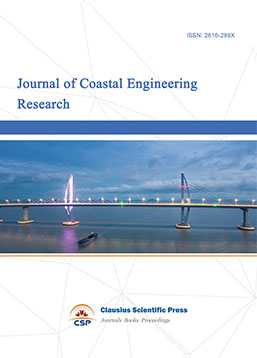
-
Focus on Plant Protection
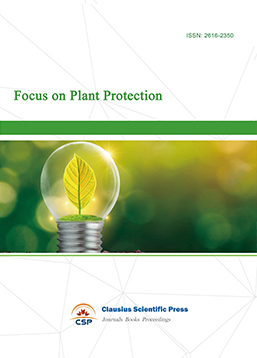
-
Toxicology and Health of Environment
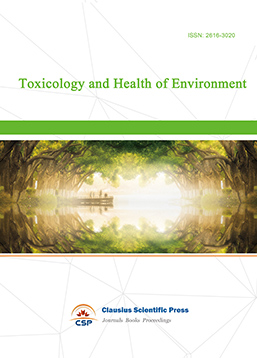
-
Geoscience and Remote Sensing

-
Advances in Physical Oceanography
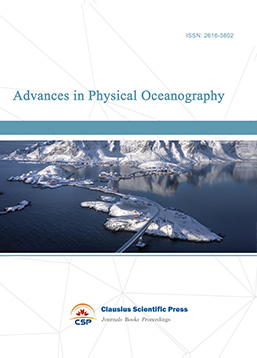
-
Biology, Chemistry, and Geology in Marine

-
Water-Soil, Biological Environment and Energy
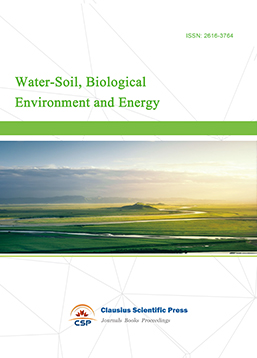
-
Geodesy and Geophysics

-
Journal of Structural and Quaternary Geology
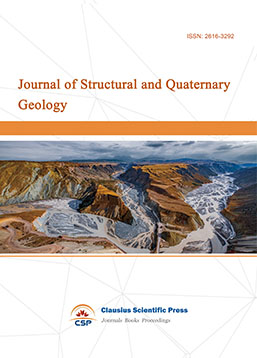
-
Journal of Sedimentary Geology
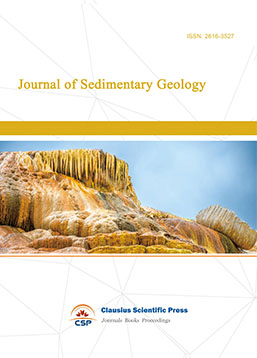
-
International Journal of Polar Social Research and Review
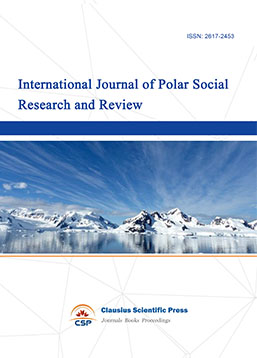

 Download as PDF
Download as PDF